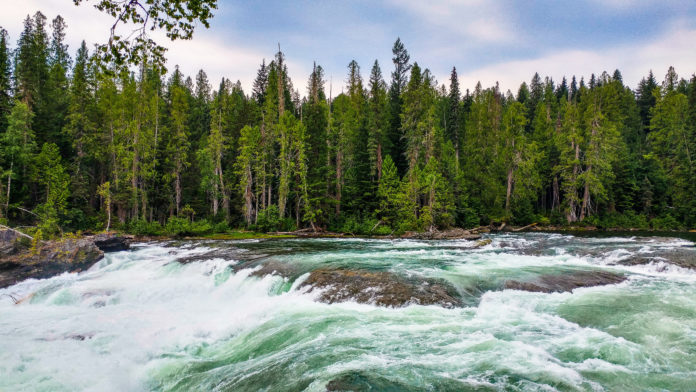By Thomas Schneider, CPESC
Too often, an MS4 operator focuses on checking off permit requirements on a list rather than thinking about the intent of the MS4 program.
The intent of the MS4 program is to minimize the discharge of pollutants into waters of The United States. Although a specific state may not require the MS4 to sample, it is a best practice with many benefits. Without sampling there is no way to know if the stormwater discharges from the MS4 are in line with state and national water quality standards or if there is a problem and where the problem might be.
Truth be known, sampling is the MS4 permit holder’s best friend. Sampling can prevent the system from wasting a lot of money on public education by helping the system target messages to the right audience and the right issue. Some systems send literature or pamphlets in their water bills to all customers. The pamphlets might address over-fertilization issues, which is a good topic to cover, but is it a spend that is well targeted? First, this approach assumes there is an over fertilization problem to begin with. Second, it assumes that it is happening across the entire MS4. Third, it assumes that the entity that receives the water bill is the same entity that is over fertilizing.
If however, the MS4 samples first, the permit holder will know if there is a problem and, if there is, where it is located. There is not a one-size-fits-all solution to fertilizer in the stormwater runoff. If the water sample reports indicate the problem is in a drainage shed made up of businesses, just notifying the business owners how to apply fertilizer correctly will not get the information to the person causing the problem. The problem would most likely be the landscape maintenance companies that are hired to tend to the landscaping.
If the problem is in an industrial area of the MS4, mismanaged storage or handling of fertilizer is more likely to be the problem rather than landscaping. In this case, the pamphlet in the water bill might get to the right person, but it will address the wrong problem.
Even in a residential area, the pamphlet may reach the wrong person. If it is an area where the majority of the homeowners tend to their own lawns, the information is helpful. In areas where most of the lawns are cared for by a third-party service company, the pamphlets miss the mark.
The last example is over-fertilization in a large park. The city employees that are over fertilizing the park might receive a pamphlet at their home if they live in the city, but is it the best way to educate them about their job?
In each of these examples, the MS4 operator can check the box for public outreach and education, but did the cost of outreach have any or much impact on water quality? The answer is that you will not know unless you sample. Most likely, money was wasted with this shotgun approach to education and outreach.
So how do you move away from the shotgun approach? It begins with understanding who you will be educating, what control the MS4 has over the individual and the cost associated with education of the individual. The next installment of this series will address the three groups that should be targeted for education—citizens, MS4 employees and the regulated community—and how best to reach them.
About the Expert
Thomas Schneider CPESC, is vice president at Stormcon, LLC. He has 28 years of experience and extensive training in storm water regulations focusing on construction site erosion and sediment control. He works directly with local, state and federal agencies as well as working one on one with clients to develop and implement storm water programs that will fit their needs.
Editor’s Note: This is the first in a series of three articles that discuss practical issues and solutions related to the Municipal Separate Storm Sewer System (MS4) permitting program. While MS4 is a United States-based program designed to control water pollution, strategies used to meet permit requirements can be applied to storm sewer system operators in any location to support clean water efforts.












